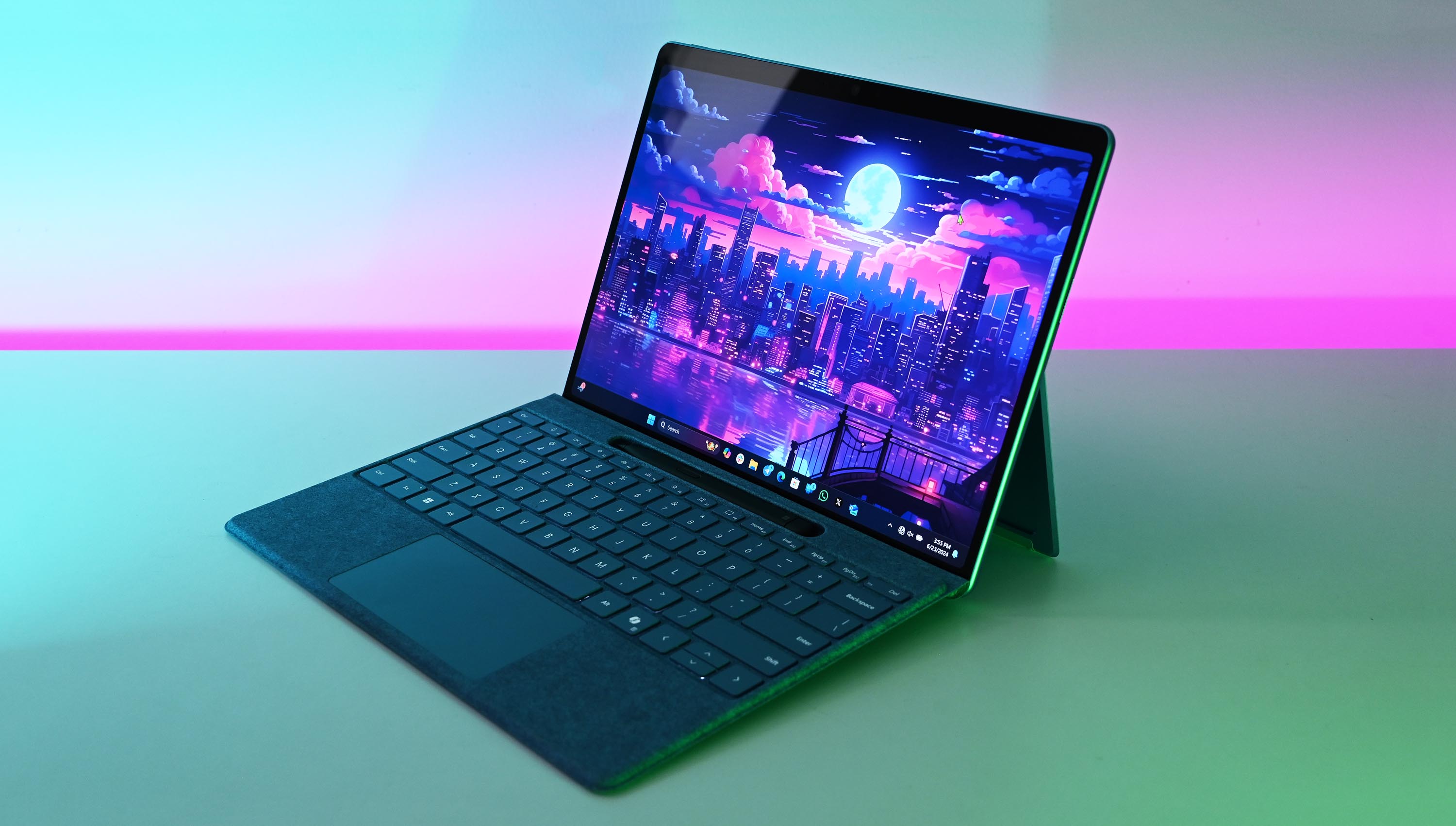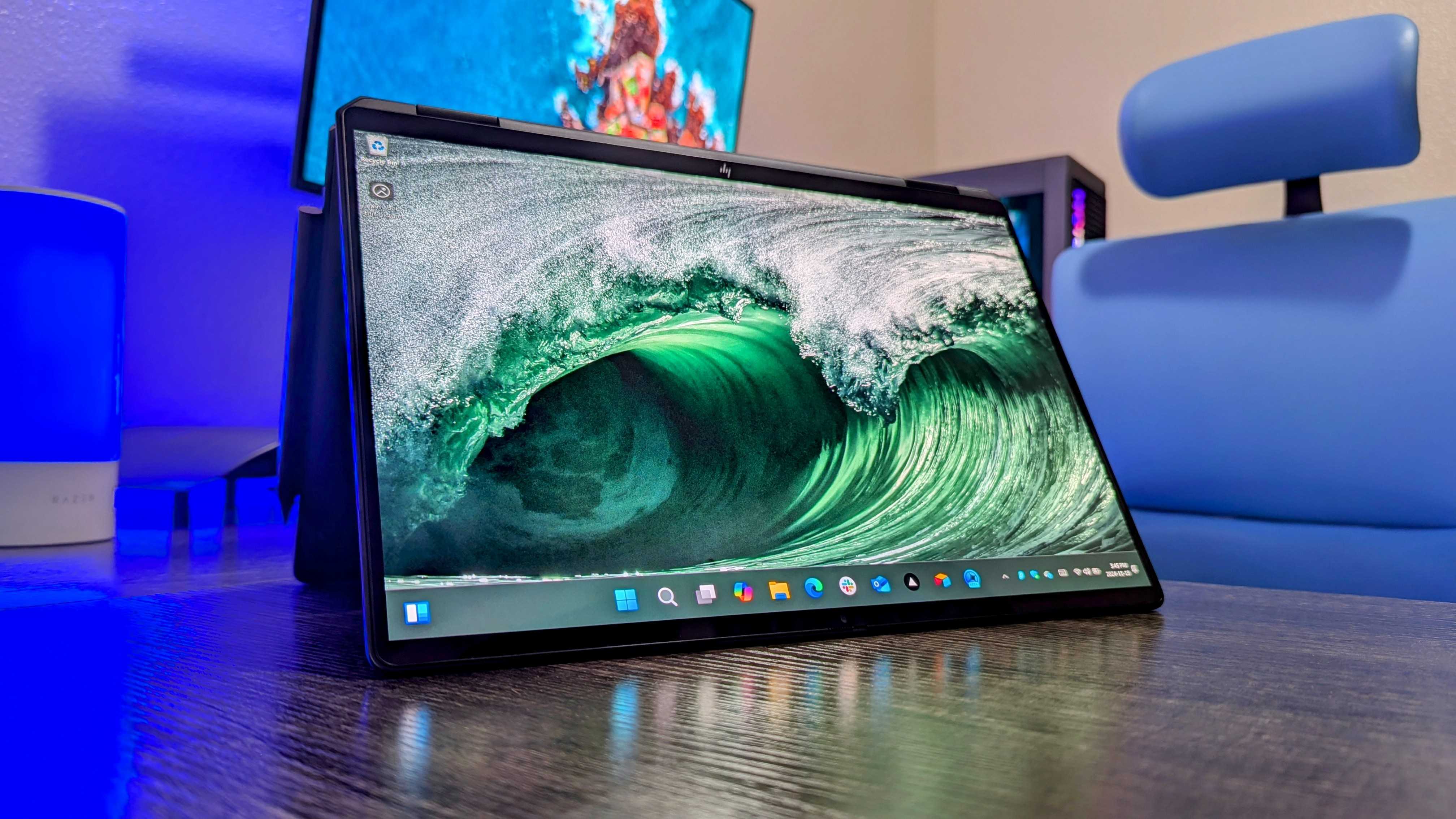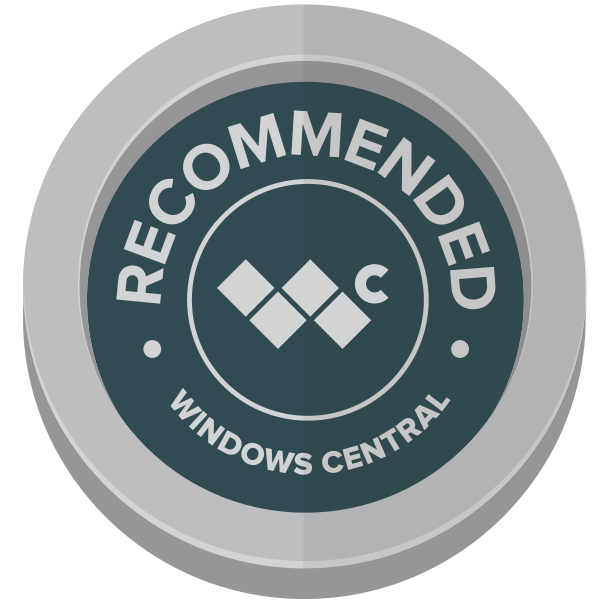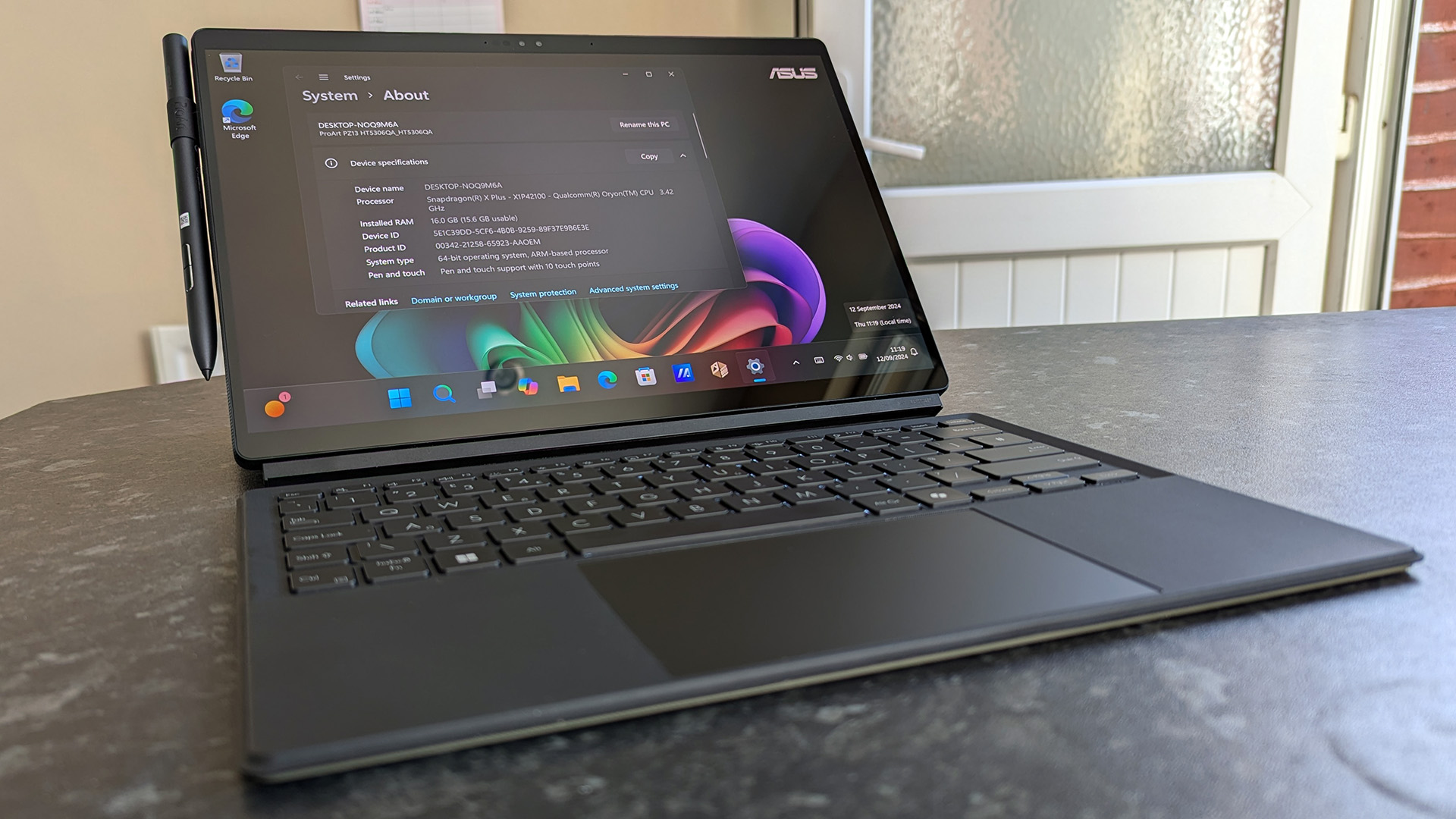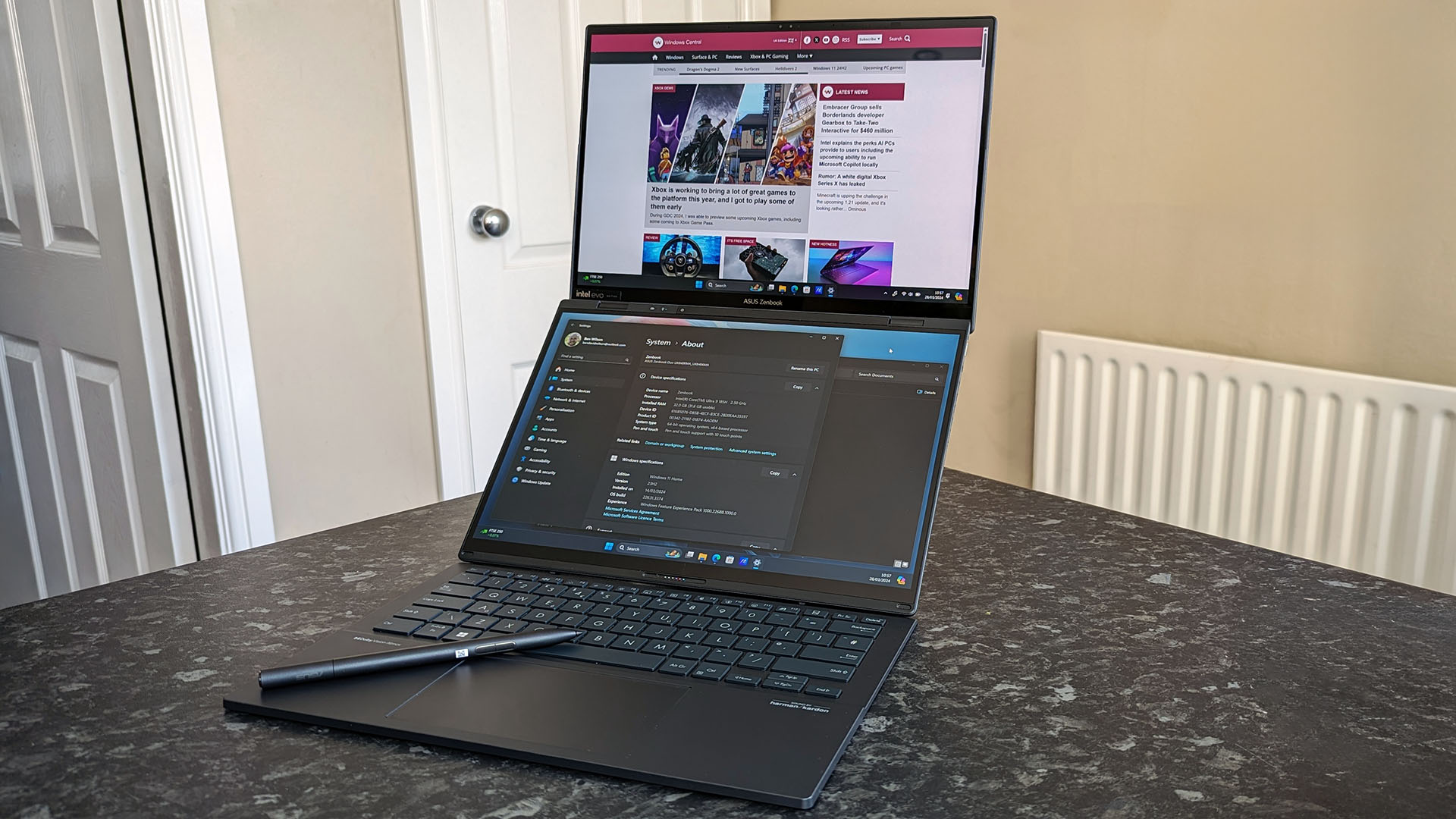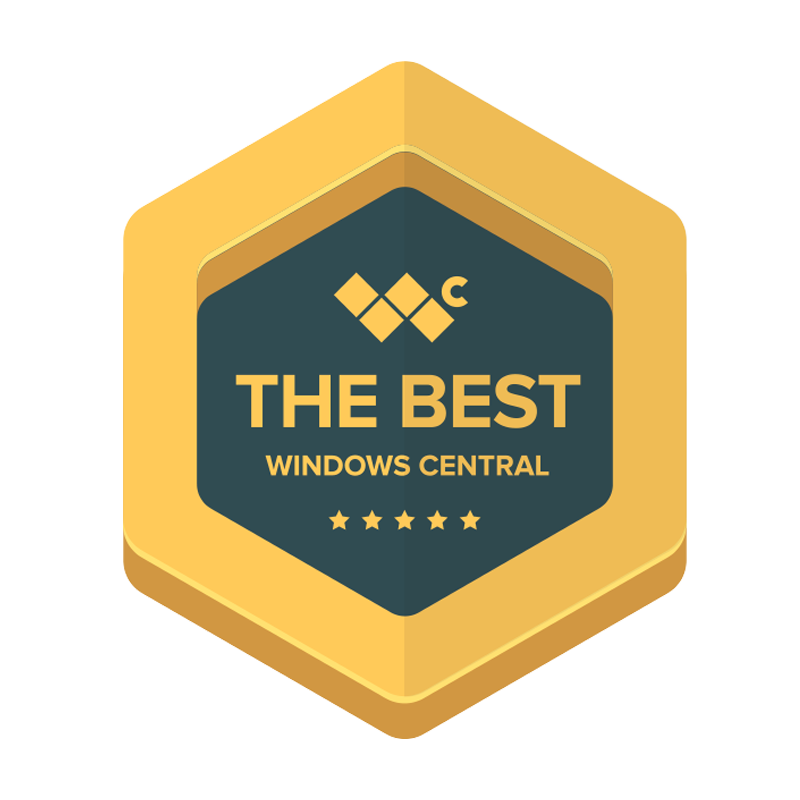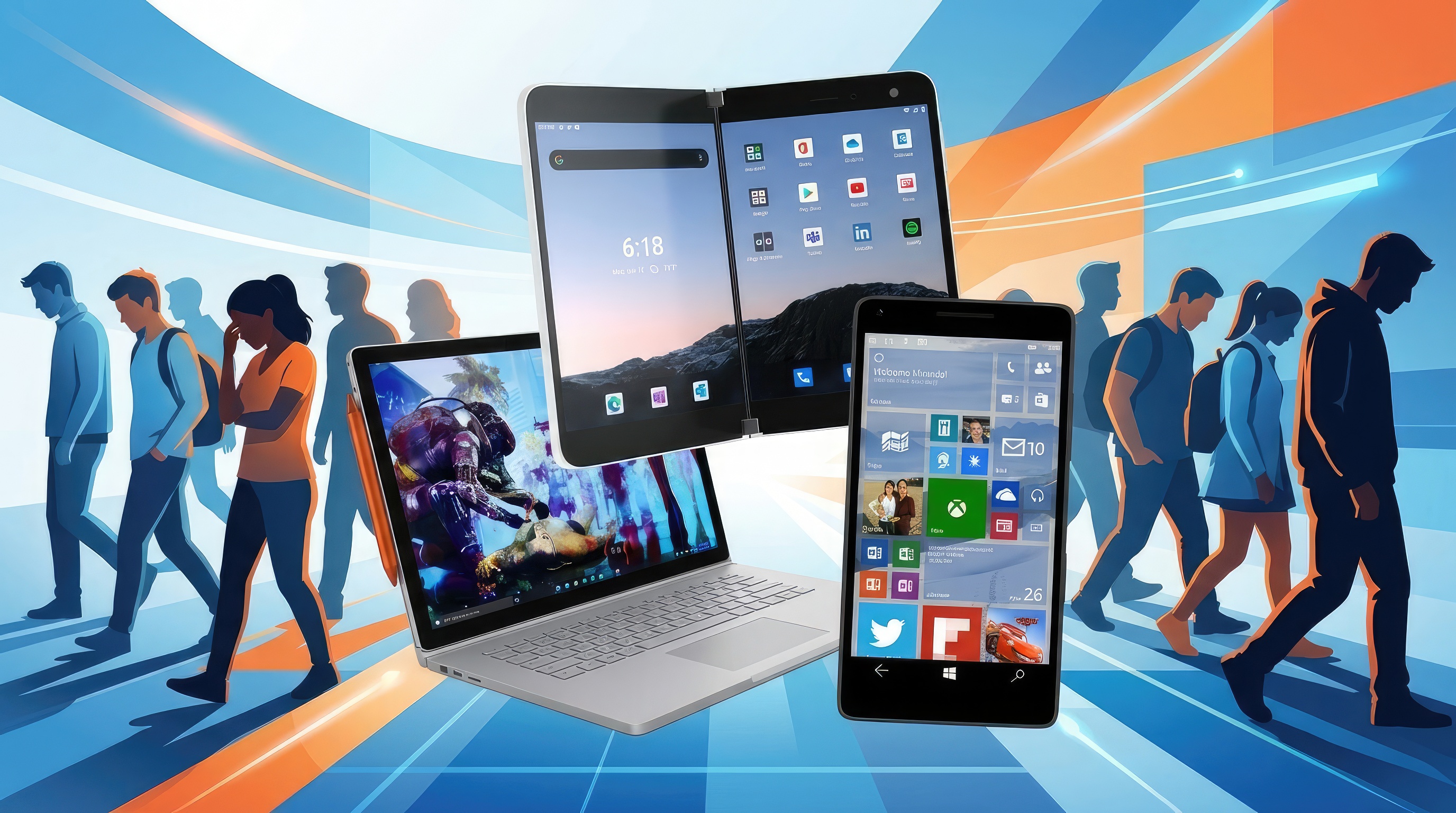Best 2-in-1 laptops in 2025: These laptops we favorably reviewed are the most versatile on the market
Need a notebook that can also act as your tablet? Need more than one screen? These 2-in-1 laptops are the best we've reviewed so far.
Buying a great 2-in-1 laptop means you're getting a PC that primarily works as a notebook but that can be easily (and quickly) transformed into a tablet. Microsoft's Surface Pro 11 — my top pick — is the perfect example of the 2-in-1 PC, and it sets the standard for all other imitators. Prices generally start at about $1,000.
The Surface Pro 11's detachable design with a built-in stand might not be your ideal PC, which is why I've also included five alternatives. Whether you're a creator, professional, casual user, or someone who wants a laptop with two screens, I've collected here the best 2-in-1 laptops our team has reviewed.
February 10, 2025: We've tested a lot of new 2-in-1 PCs since the last update, and I've replaced all of the older picks with new hardware. The Surface Pro 11 sits at the top as the best option for most users, but the alternatives are well worth checking out. — Cale Hunt
The quick list
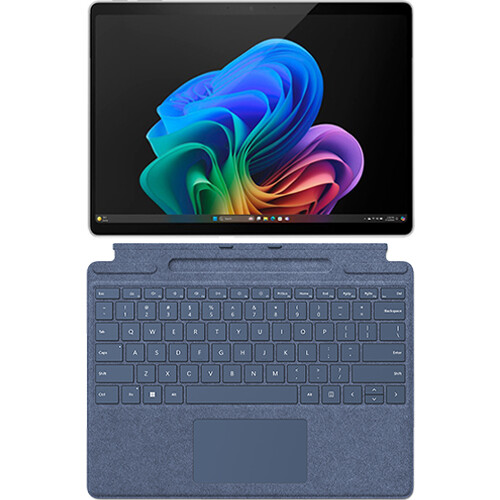
Best overall
The Surface Pro 11 is the standard to which all other 2-in-1 PCs adhere. It's a Copilot+ PC powered by Qualcomm's Snapdragon X chips for plenty of power, and battery life is better than ever. A new OLED display option only makes it more attractive. Prices start at about $1,000.

Best convertible
The OmniBook Ultra Flip 14 is the Spectre x360's successor, and it's now somehow thinner and lighter than ever before. This convertible PC strikes a balance between premium and functional, with all-day battery life and your choice of AMD or Intel AI CPUs. Prices start at about $1,350 but frequent discounts can save you money.
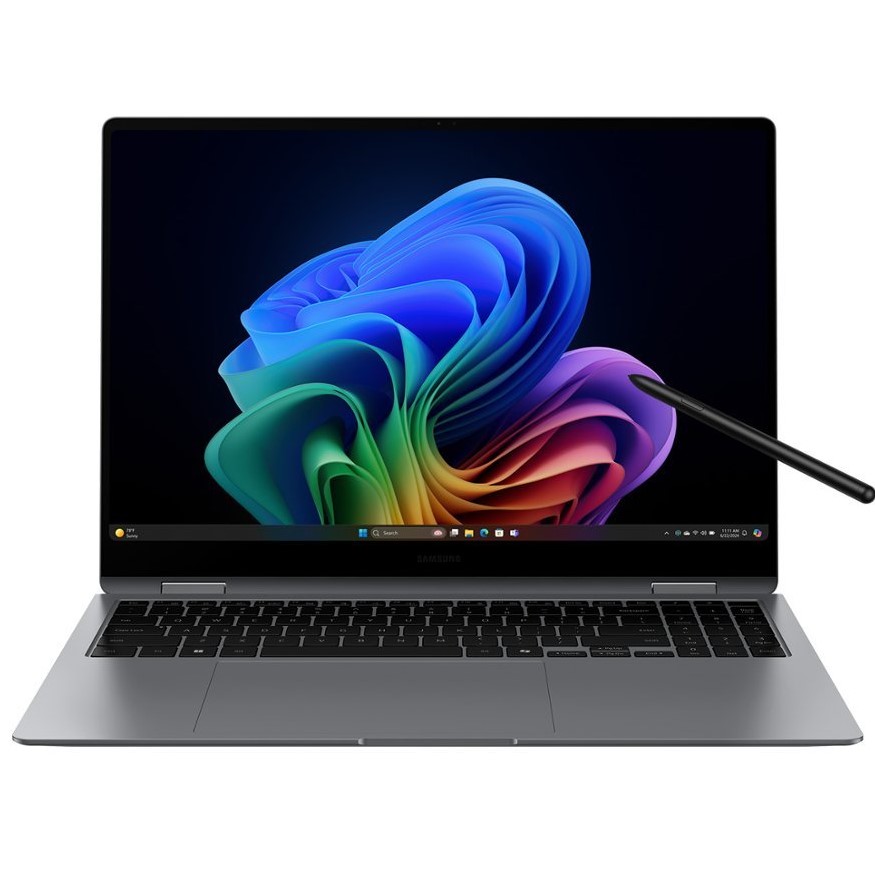
Best thin & light
Samsung's laptops are some of the best-built on the market, and the Galaxy Book5 Pro 360 is the latest convertible Copilot+ PC powered by Intel Core Ultra Series 2 CPUs. Despite a 16-inch AMOLED display, it still manages to weigh in at just 3.7 pounds. Expect to pay about $1,700 before any discounts.
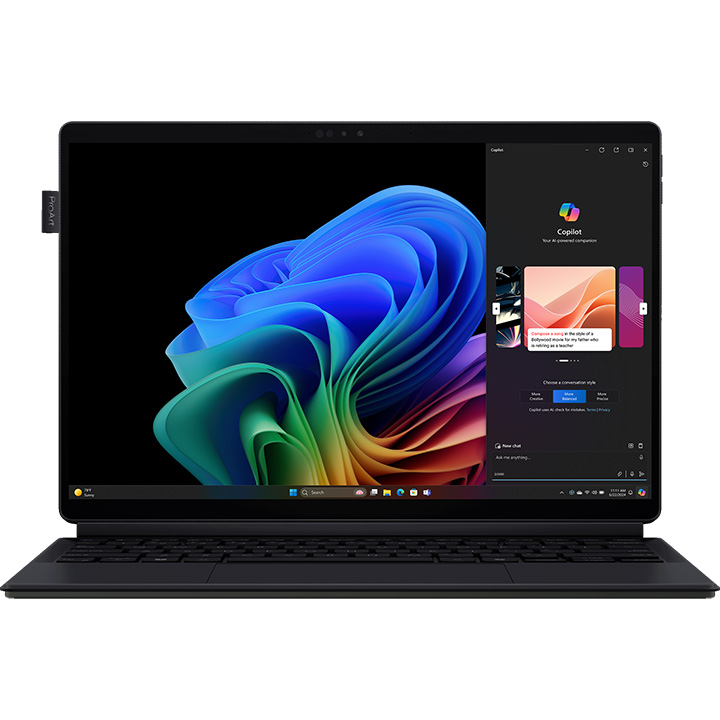
Best for artists
The ASUS ProArt PZ13 has a familiar 2-in-1 design with a detachable keyboard and built-in stand, but it's more geared toward artists than the Surface Pro 11. It's a Copilot+ PC with all-day battery life, OLED touch display, and excellent ASUS Pen 2.0 for inking. You can find it for about $1,100, and that includes the keyboard portion.
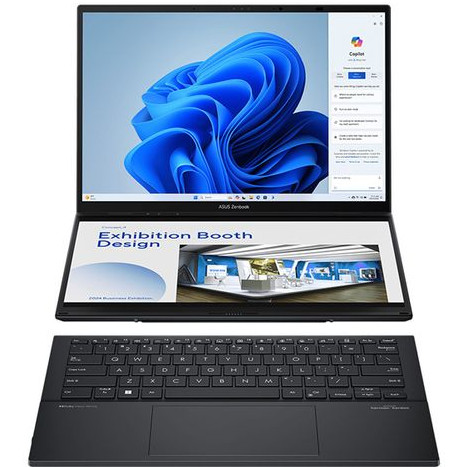
Best dual-screen
Multitaskers and travelers who bemoan a lack of a second display can solve the problem with the dual-screen ASUS Zenbook DUO. With two OLED touch displays, wireless keyboard, and all-day battery life, it's a laptop that's far beyond being a "gimmick." Best part? It only costs about $1,500.

Premium convertible
Lenovo's Yoga 9i has now entered its tenth generation for 2025, and it received a performance hardware bump to include Intel's Core Ultra Series 2 chips. The design didn't need to change (and thankfully didn't), so you're still getting a soundbar hinge and overall sleek build. Prices start at about $1,460 before any discounts.

I've been writing about laptops for Windows Central for nearly 10 years, and my experience — combined with all of the in-depth reviews we have written — allows me to make informed recommendations. If you're interested in the best 2-in-1 and convertible laptops, you've come to the right place.
My favorite 2-in-1 laptops in 2025
Why you can trust Windows Central
Best overall
Specifications
Reasons to buy
Reasons to avoid
The Surface Pro 11 is the 2-in-1 PC that I recommend first to family and friends. Microsoft has been carefully refining the Pro line since 2013, and the Pro 11 represents the culmination of progress. The 13-inch tablet has a built-in stand on the back, allowing you to connect a keyboard and touchpad for a full laptop experience. You'll pay extra for the keyboard and Surface pen, but they're accessories that allow the Pro 11 to really shine.
It's a Copilot+ PC with a Neural Processing Unit (NPU) inside strong enough to handle the built-in Windows AI tools. The NPU comes attached to Qualcomm's excellent Snapdragon X Elite or X Plus chips, providing plenty of power and long battery life. Windows Central Editor-in-Chief Daniel Rubino reviewed the Surface Pro 11, stating:
"When measuring just CPU performance (Geekbench 6), it is accurate to say that the Surface Pro 11, at 4.2GHz, effectively matches the Razer Blade 15 (2023) with a 14-core Intel Core i7-13800H peaking at 5.2GHz. Likewise, the Surface Pro 11’s ARM64 chip is faster than the AMD Ryzen 9 7940HS 'Phoenix' processor in the late 2023 Razer Blade 14."
Looking at battery life, Rubino saw an average of more than 10 hours from a charge, topping out at about 15 hours when going about lighter tasks.
The 13-inch touch display is now available with an OLED panel, improving color and contrast compared to IPS options. It has a 2880x1920 resolution, 120Hz refresh rate, boxy 3:2 aspect ratio (ideal for tablets), and VESA DisplayHDR 600 certification. It's an outstanding screen for practically any purpose; the only drawback is a lack of anti-reflective finish.
Surface Pro 11 models without an included keyboard or pen generally start at about $1,000, but frequent discounts and bundles can drop the price significantly.
👉 Read our full Surface Pro 11 review
Best convertible
Specifications
Reasons to buy
Reasons to avoid
HP rebranded a huge section of its consumer PCs in 2024, and the result is the OmniBook Ultra Flip 14 taking over for the awesome Spectre x360 14. The rebranded model is thinner and lighter than its predecessor, and it retains an industry-leading keyboard and haptic touchpad. It's a great laptop for anyone who types a lot.
Unlike the Surface Pro 11, the OmniBook Ultra Flip 14 doesn't split into separate pieces. Instead, it has 360-degree hinges that allow the touch display to rotate all the way around, effectively turning it into a tablet. The 14-inch touchscreen's OLED panel provides excellent color and contrast, and the 2880x1800 resolution is plenty crisp for the size. A 120Hz refresh rate makes it easy on the eyes, and up to 500 nits brightness prevents glare.
HP offers the laptop with Intel's Core Ultra Series 2 or AMD Ryzen AI 300 chips; both options get you access to Copilot+ AI tools thanks to a powerful NPU inside.
Windows Central Staff Writer Zachary Boddy reviewed the OmniBook Flip 14, remarking:
"If you're looking for the best and aren't concerned with how much it costs to obtain it, the OmniBook Ultra Flip deserves to be on your shortlist. That's especially true if you actively value the 2-in-1 form factor, as there are few laptops that are this versatile without compromising on performance, features, or the traditional clamshell experience."
OmniBook Ultra Flip 14 models with Intel CPUs inside generally start at about $1,450, though frequent discounts knock the price to well below $1,000. On AMD's side, you'll find models starting at $1,350; they, too, are often discounted.
👉 Read our full HP OmniBook Ultra Flip 14 review
Best thin and light
Specifications
Reasons to buy
Reasons to avoid
Samsung's laptops are criminally underrated and often don't get the attention they deserve. If you want a thin and light device with a large 16-inch display, the Galaxy Book5 Pro 360 weighing about 3.7 pounds is easy to recommend.
Thanks to the convertible design with 360-degree hinges, the touchscreen can rotate around to turn the notebook into a tablet. From there, drawing with the included S Pen is a breeze. The 16-inch display boasts a crisp 2880x1800 resolution, and the AMOLED panel is easily one of the best on the market in terms of color and contrast.
Samsung's laptop is equipped with Intel Core Ultra Series 2 CPUs (up to a Core Ultra 7 256V), up to 32GB of LPDDR5x RAM, and a 1TB M.2 PCIe 4.0 NVMe SSD. The Intel chip comes with an NPU powerful enough to handle Copilot+ tools, making this a potent AI PC.
Windows Central Editor Rebecca Spear reviewed the Galaxy Book5 Pro 360, stating:
"As far as Copilot+ PCs and AI PCs go, the Samsung Galaxy Book5 Pro 360 is a solid contender that can easily handle various tasks. Its 2-in-1 build offers a lot of versatility, especially since it comes with an S Pen Pro for drawing, note-taking, or otherwise navigating on the 16-inch AMOLED touchscreen. It also has a very elegantly slim design and a strong build, which, when paired with its long battery life, makes for a fantastic on-the-go laptop."
The only major drawback Spear found is a shallow keyboard, a tradeoff common in thin and light laptops. At least it offers a full number pad for those who often crunch numbers. Prices start at about $1,700, but you can usually find a decent discount on the go.
👉 Read our full Samsung Galaxy Book5 Pro 360 review
Best for artists
Specifications
Reasons to buy
Reasons to avoid
If you love the Surface Pro 11's design but want something that's more geared toward creators, the ASUS ProArt PZ13 is worth checking out. That's especially true considering it's usually cheaper than the Surface Pro 11 OLED models. Spending about $1,100 gets you the tablet PC, attackable keyboard, and OLED display; you'll have to buy the ASUS Pen 2.0 separately for about $86.
It has a familiar design with a detachable keyboard and stand to prop up the display, allowing it to operate as smoothly as a tablet as it does a notebook. It's on the heavy side at about 3.36 pounds, but it runs cool and quiet even under heavy load.
Windows Central Senior Editor Ben Wilson reviewed the ASUS ProArt PZ13, noting:
"While it doesn't provide a perfect solution for all creators, the ProArt PZ13 at least suits its namesake: artists. With an additional ASUS Pen 2.0 stylus, its OLED screen makes for a color-accurate canvas, and the all-day battery life survives even through lengthy 4K video streaming if you're looking for inspiration elsewhere. It won't take the best 2-in-1 AI PC crown away from Microsoft's Surface Pro 11 but offers a more affordable alternative to those who care primarily about the vibrant Lumina OLED screen."
All PZ13 models come with an OLED touch display measuring 13.3 inches. The 2880x1800 resolution makes it very crisp, and it can hit about 390 nits of brightness (as tested). As for performance, you're looking at Qualcomm's Snapdragon X Plus (X1P) System-on-Chip (SoC), complete with an NPU powerful enough to handle Copilot+ AI tools in Windows 11.
👉 Read our full ASUS ProArt PZ13 review
Best dual-screen
Specifications
Reasons to buy
Reasons to avoid
Senior Editor Ben Wilson and I both tested the ASUS Zenbook DUO (UX8406) from 2024, and we both ultimately came to the same conclusion: it's easily the best dual-screen laptop on the market.
How exactly does it work? Sitting open, you might think the Zenbook Duo is simply a 14-inch laptop that's thicker than most. However, the Zenbook Duo's keyboard and touchpad can be removed, revealing a second 14-inch OLED touch display beneath. The keyboard and touchpad, thanks to a sturdy construction, can be used wirelessly with the laptop even when both screens are in use. A folding stand on the bottom of the PC allows it to stand up horizontally or vertically to help you get the most use out of the two screens.
In Wilson's Zenbook Duo review, he remarks:
"ASUS turned me onto its often-eccentric catalog of high-end hardware by packaging a genuinely useful combination of gorgeous OLED touchscreens into a subtle chassis. The Zenbook Duo is a fantastic laptop that practically never faltered during my testing, leaving only a desire for a better webcam and an Ethernet adapter freebie thrown in the box. It's not perfect, but it's as close as you can get in this price range, and I'd heartily recommend it among the best 2-in-1 laptops we've ever tried."
The first-gen Zenbook Duo absolutely floored us, and ASUS is back in 2025 with a refreshed model. It's mainly a performance update, with new Intel Core Ultra 9 285H CPU inside, as well as up to 32GB of LPDDR5x RAM and a 1TB M.2 PCIe SSD. Battery life should have improved, but even the old model was able to comfortably achieve more than 10 hours. I've received the new 2025 model for testing, and I'll update this guide once I publish my review.
Intel Core Ultra Series 1 models are available starting at about $1,500 at Best Buy, while it appears that ASUS is so far the only place to offer the Intel Series 2 chips.
👉 Read our full ASUS Zenbook Duo (UX8406) review
Premium convertible
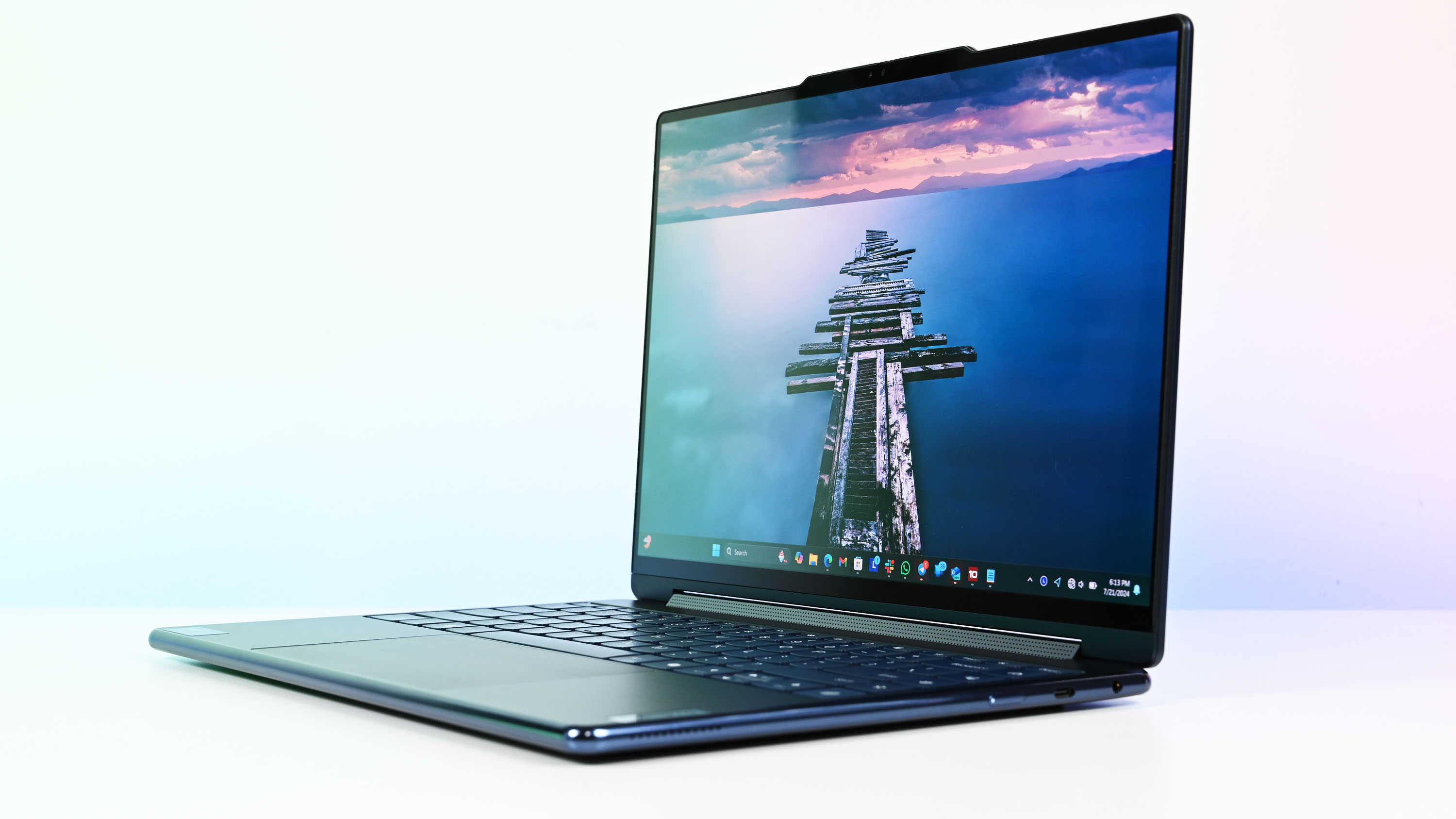
6. Lenovo Yoga 9i (Gen 10)
Specifications
Lenovo's Yoga 9i has long been the standard as far as premium convertible laptops go. Announced at CES 2025 was the new Yoga 9i (Gen 10) Aura Edition, bringing new performance hardware while keeping the same stellar design and features.
It retains the 360-degree hinge with a built-in soundbar featuring Dolby Atmos, it has a comfortable keyboard and a large touchpad, and its aluminum construction is second to none.
Alongside the stellar audio setup, the laptop boasts two high-res OLED touch display options. The cheaper version has a 2880x1800 resolution, 1,100 nits brightness at peak, 100% DCI-P3 color, a 120Hz variable refresh rate, Dolby Vision, and DisplayHDR True Black 1000. You can bump the resolution up to full 4K, with a 60Hz refresh rate, 600 nits brightness, and DisplayHDR True Black 500 certification. Both displays support inking.
As for performance hardware, the new Core Ultra Series 2 chips — Core Ultra 7 256V or 258V — should improve battery life while also bumping up the overall power. We're currently in the process of testing this latest refresh, and there shouldn't be any major surprises compared to recent generations. Models start at about $1,460 at Lenovo, and I recommend waiting for one of Lenovo's frequent discounts before buying.
How to choose the best 2-in-1 laptop
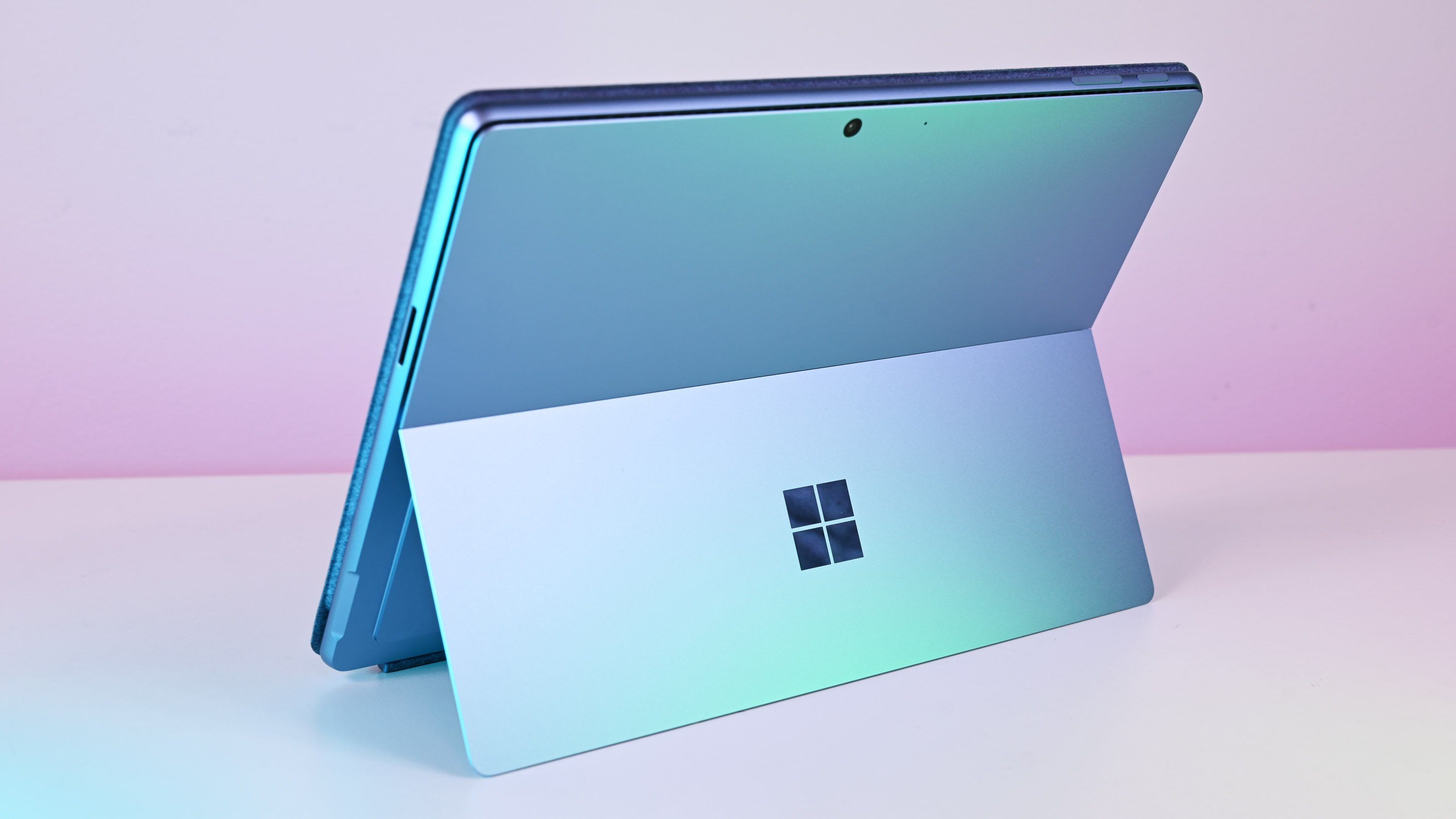
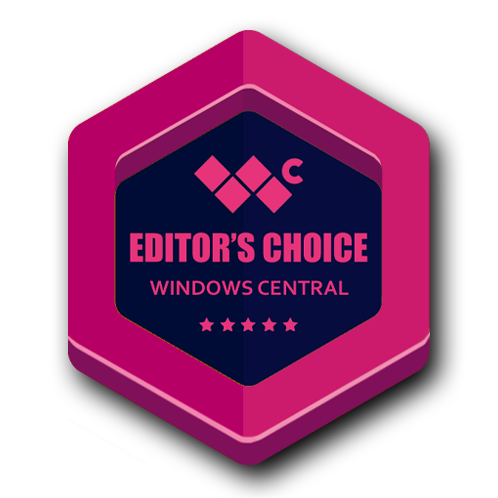
There are plenty of 2-in-1 and convertible laptops on the market, and finding the best Windows laptop for you ultimately depends on your needs and preferences. Do you need a device that supports inking with an active pen? Do you prefer a detachable design or a convertible design with 360-degree hinges? Do you need a great AI laptop or a Copilot+ PC Out of the six top-rated laptops I've handpicked here, there should be at least one versatile PC that meets your budget and needs.
My top pick is the Surface Pro 11. It's the 2-in-1 that other 2-in-1s imitate, and it's a premium, powerful package that's never been better thanks to the switch to Qualcomm's Snapdragon X SoCs. While the tablet portion starts at about $1,000, I recommend also checking out the attachable keyboards and, if you're an artist, the Surface Slim Pen 2. Putting the three pieces together is the best way to experience the Pro 11. If you're interested in spending quite a bit less on a 2-in-1, the $1,100 ASUS ProArt PZ13 is a stellar option for artists thanks to an OLED display and compatibility with the ASUS Pen 2.0.
The detachable 2-in-1 design isn't for everyone. If you'd rather get a convertible with 360-degree hinges, the HP OmniBook Ultra Flip 14 is the best for most people. Available with AMD or Intel hardware, it starts at about $1,350 but is often discounted to less than $1,000.
For a more premium setup, I recommend the Lenovo Yoga Book 9i (Gen 10) starting at about $1,460, while the Samsung Galaxy Book5 Pro 360 is one of the thinnest and lightest 16-inch Copilot+ convertible PCs on the market. It starts at around $1,700.
Finally, the ASUS Zenbook DUO holds a special place in my heart as someone who relies on a dual-screen setup for their workflow. If you'd like to have two OLED touch displays everywhere you go, prices start at about $1,500.
What's the difference between a convertible and a 2-in-1 PC?
There's often some confusion when talking about convertible and 2-in-1 PCs, and many times I see both terms being used for the same device. However, they are not quite the same.
A true 2-in-1, like the Surface Pro 11, has separate pieces that fit together to form a complete laptop. With Microsoft's flagship, you buy the tablet and add a keyboard and a pen to complete the setup. The ASUS ProArt PZ13 I recommend is in the same boat, though it includes the keyboard portion in the price.
Convertible laptops, then, are those that do not pull apart into separate pieces. They instead have special hinges that allow the screen to rotated around 360 degrees to sit flat again (but reversed) on the base. This turns it into a tablet of sorts, but you have to factor in the keyboard and touchpad remaining attached.
If you're a fan of the tablet design but also want to occasionally use it as a notebook laptop, I recommend going for a 2-in-1. If, on the other hand, you prefer a notebook laptop but sometimes want to use it as a tablet for games, drawing, or movie watching, a convertible should be your first choice.
All the latest news, reviews, and guides for Windows and Xbox diehards.

Cale Hunt brings to Windows Central more than nine years of experience writing about laptops, PCs, accessories, games, and beyond. If it runs Windows or in some way complements the hardware, there’s a good chance he knows about it, has written about it, or is already busy testing it.
- Ben WilsonSenior Editor
- Zac BowdenSenior Editor
